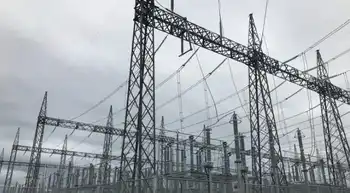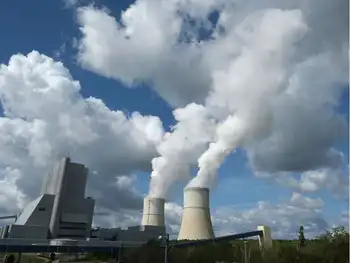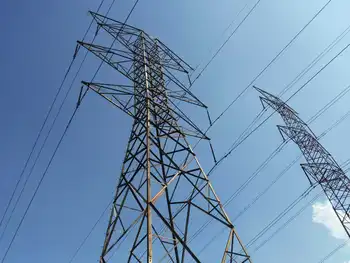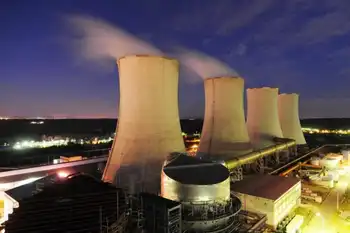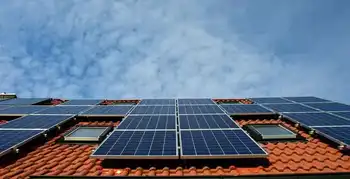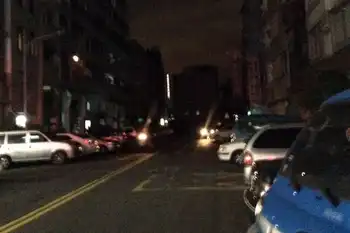EPRI to help with smart grid roadmap
By Electricity Forum
NFPA 70b Training - Electrical Maintenance
Our customized live online or in‑person group training can be delivered to your staff at your location.

- Live Online
- 12 hours Instructor-led
- Group Training Available
The ultimate aim of the program will be to provide a framework to aid in the modernization of the nationÂ’s transmission and distribution system.
EPRI’s development of this “interim roadmap” will be a major step toward harmonizing interoperability standards for the Smart Grid. It is intended to ensure that different vendors’ products will work together effectively, and that consensus standards should drive down the cost of components and systems, reduce the risk of early obsolescence and spur innovation.
Scheduled to be completed by early summer, the interim roadmap will inventory existing standards, identify gaps, and list priorities for reconciling differences among current standards or developing entirely new ones.
Under terms of the $1.3 million contract, which was announced today, EPRI will develop the interim roadmap that has consensus support of utility industry, independent system operators, manufacturers, standards development organizations, state regulators and consumer representatives.
Development and wide scale adoption of consensus standards will aid nationwide deployment of a more resilient, reliable and responsive Smart Grid. Research has indicated that a national Smart Grid system could result in several benefits, including:
• Enabling active participation by consumers;
• Anticipating and responding to system disturbances (self-healing);
• Accommodating a broader range of generation and storage options;
• Creating more resiliency against disasters, both manmade and natural;
• Improving asset utilization and operational efficiency;
• Enabling new products, services and markets; and
• Providing enhanced power quality for the digital economy.
“EPRI is in a unique position to launch this effort quickly and efficiently because our research and development programs have been focusing on a number of key aspects of the Smart Grid,” said Arshad Mansoor, vice president of the Institute’s Power Delivery and Utilization sector. “We are already collaborating with many of the key players in smart grid in our R&D, and we understand who must be involved and the direction in which we must move.”
The Energy Independence and Security Act (EISA) of 2007 assigned NIST “primary responsibility to coordinate development of a framework that includes protocols and model standards for information management to achieve interoperability of smart grid devices and systems.”
The roadmap effort is part of a three-phase NIST Smart Grid program that also includes establishing an ongoing public-private partnership and developing a certification and accreditation process for the technology.





